sink and flush trim bit
PoorOwner
15 years ago
Related Stories
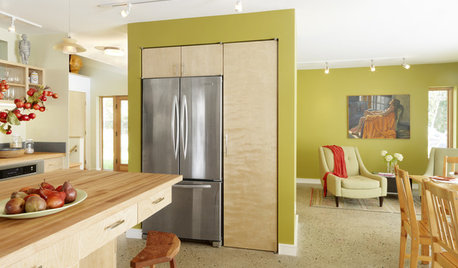
REMODELING GUIDESGet the Look of a Built-in Fridge for Less
So you want a flush refrigerator but aren’t flush with funds. We’ve got just the workaround for you
Full Story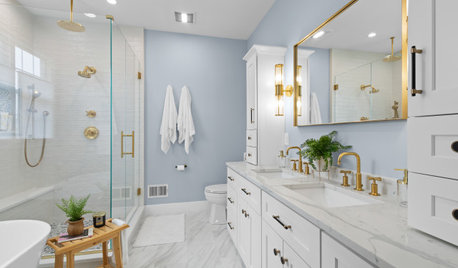
BATHROOM DESIGNHow to Choose the Right Bathroom Sink
Learn the differences among eight styles of bathroom sinks, and find the perfect one for your space
Full Story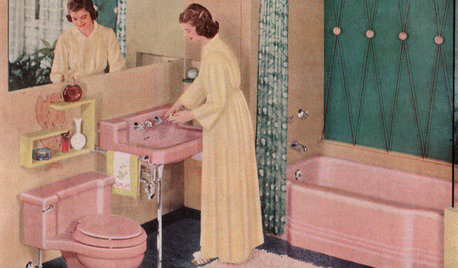
MOST POPULARHomeowners Give the Pink Sink Some Love
When it comes to pastel sinks in a vintage bath, some people love ’em and leave ’em. Would you?
Full Story
TRIMTrim Color Tips: Get Your White Trim Right
Set off wood tones, highlight architectural features, go minimalist ... white trim is anything but standard when you know how to use it
Full Story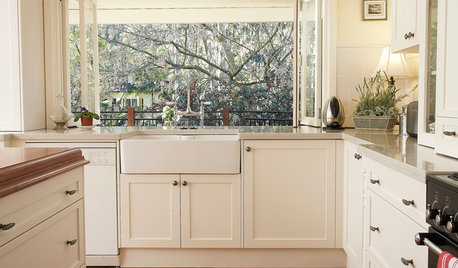
KITCHEN SINKSEverything You Need to Know About Farmhouse Sinks
They’re charming, homey, durable, elegant, functional and nostalgic. Those are just a few of the reasons they’re so popular
Full Story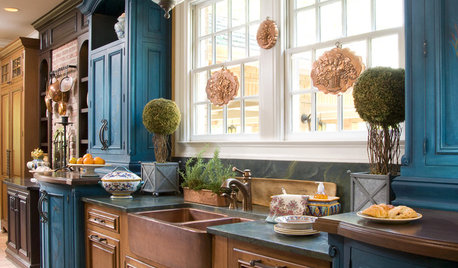
KITCHEN DESIGNKitchen Sinks: Antibacterial Copper Gives Kitchens a Gleam
If you want a classic sink material that rejects bacteria, babies your dishes and develops a patina, copper is for you
Full Story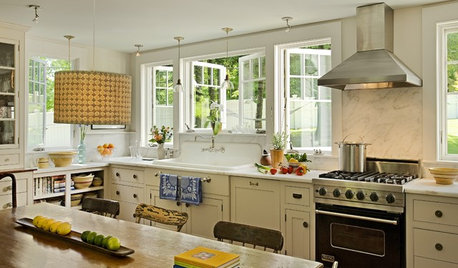
KITCHEN DESIGNThe Return of the High-Back Farmhouse Sink
See why this charming and practical sink style is at home in the kitchen and beyond
Full Story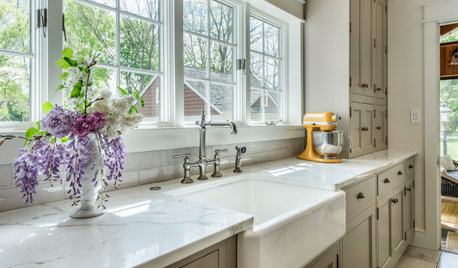
KITCHEN DESIGNHow to Choose the Best Sink Type for Your Kitchen
Drop-in, undermount, integral or apron-front — a design pro lays out your sink options
Full Story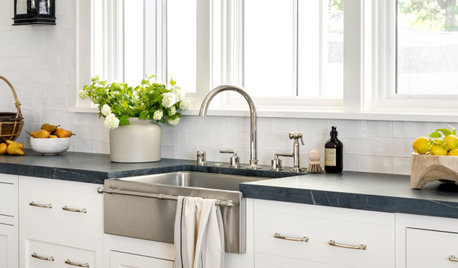
KITCHEN DESIGN8 Kitchen Sink Materials to Consider
Learn the pros and cons of these common choices for kitchen sinks
Full Story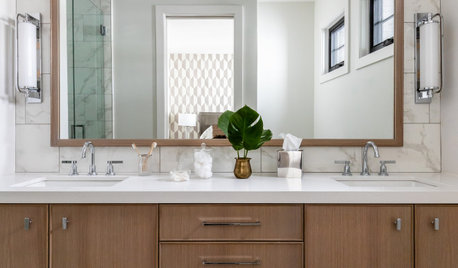
BATHROOM VANITIESShould You Have One Sink or Two in Your Primary Bathroom?
An architect discusses the pros and cons of double vs. solo sinks and offers advice for both
Full Story







aidan_m
aidan_m
Related Professionals
Whitehall Cabinets & Cabinetry · Miami Carpenters · Wrentham Carpenters · Cedar Park Flooring Contractors · Fargo Flooring Contractors · Livonia Flooring Contractors · Maltby Flooring Contractors · Monroe Flooring Contractors · Thornton Flooring Contractors · Atascocita Flooring Contractors · Columbia Furniture & Accessories · Silver Spring Furniture & Accessories · Farmington Furniture & Accessories · Eureka Furniture & Accessories · Temple Terrace Furniture & AccessoriesPoorOwnerOriginal Author
aidan_m
PoorOwnerOriginal Author
aidan_m
brickeyee